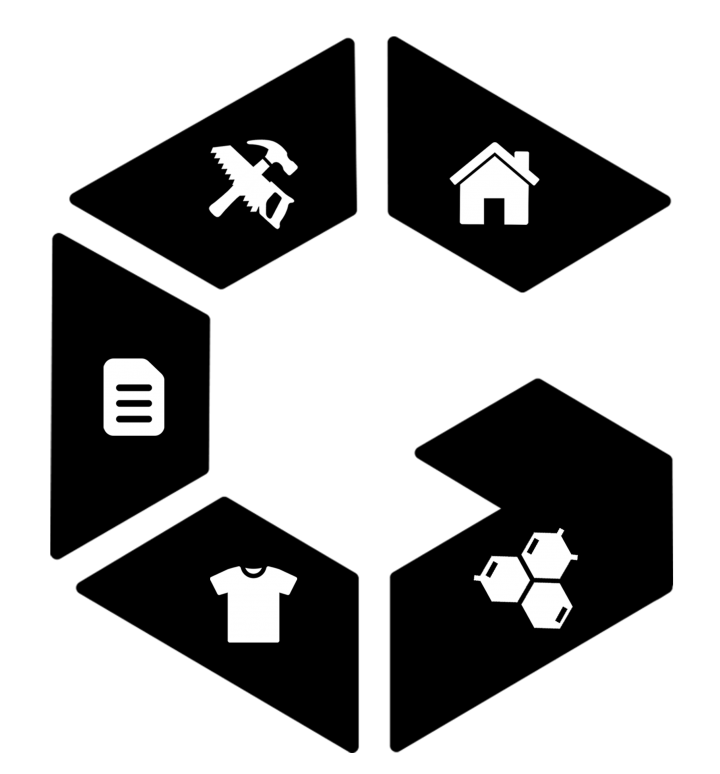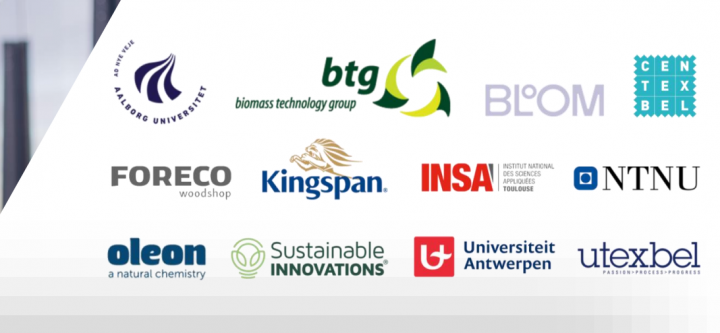The ALIGNED project will deliver a modelling framework to assess and optimise the environmental and socio-economic performance of bio-based industries. ALIGNED will advance the scientific field of Life Cycle Assessment (LCA) (moving from TRL2-3 to TRL51) and collaborate with industries and representatives from five bio-based sectors: construction, woodworking, textile, pulp and paper, and bio-chemicals.
1Technology readiness levels (TRLs) are a method for estimating the maturity of technologies during the acquisition phase of a program.
The transition towards a sustainable economy is dependent on consistent and comparable environmental assessments of bio-based products. However, the methods currently used to assess the impact of bio-based products produce incomparable results, thereby confounding decision-making.
The models and tools developed in ALIGNED will allow to perform high-quality assessment studies across the bio-based sectors, with industrial relevance and interoperability. This is possible by the iterative application and improvement of the new and harmonised models and tools in five specific cases of bio-based industrial technologies (TRL 2-6), one for each sector.
The ALIGNED framework will allow to accurately model key aspects not covered by current practice: the competition for biomass and land, dynamic and time-specific carbon accounting, and biodiversity and socio-economic impacts.

ALIGNED will also develop future energy and resource scenarios derived from integrated assessment models, and a consistent approach to uncertainty assessment.
Key stakeholders in the five sectors will be continuously involved, by providing feedback in the early framework development and by sharing the learnings from its practical application. The professional engagement of stakeholders will secure industry relevance and acceptance delivering real impact.
Consortium

Coordinator
Aalborg Universitet (DK)
Belgian partners
- Centexbel (BE)
- University of Antwerp (BE)
- Utexbel NV (BE)
Acknowledgement

This project has received funding from the European Union’s Horizon Europe research and innovation programme under grant agreement No. 101059430




